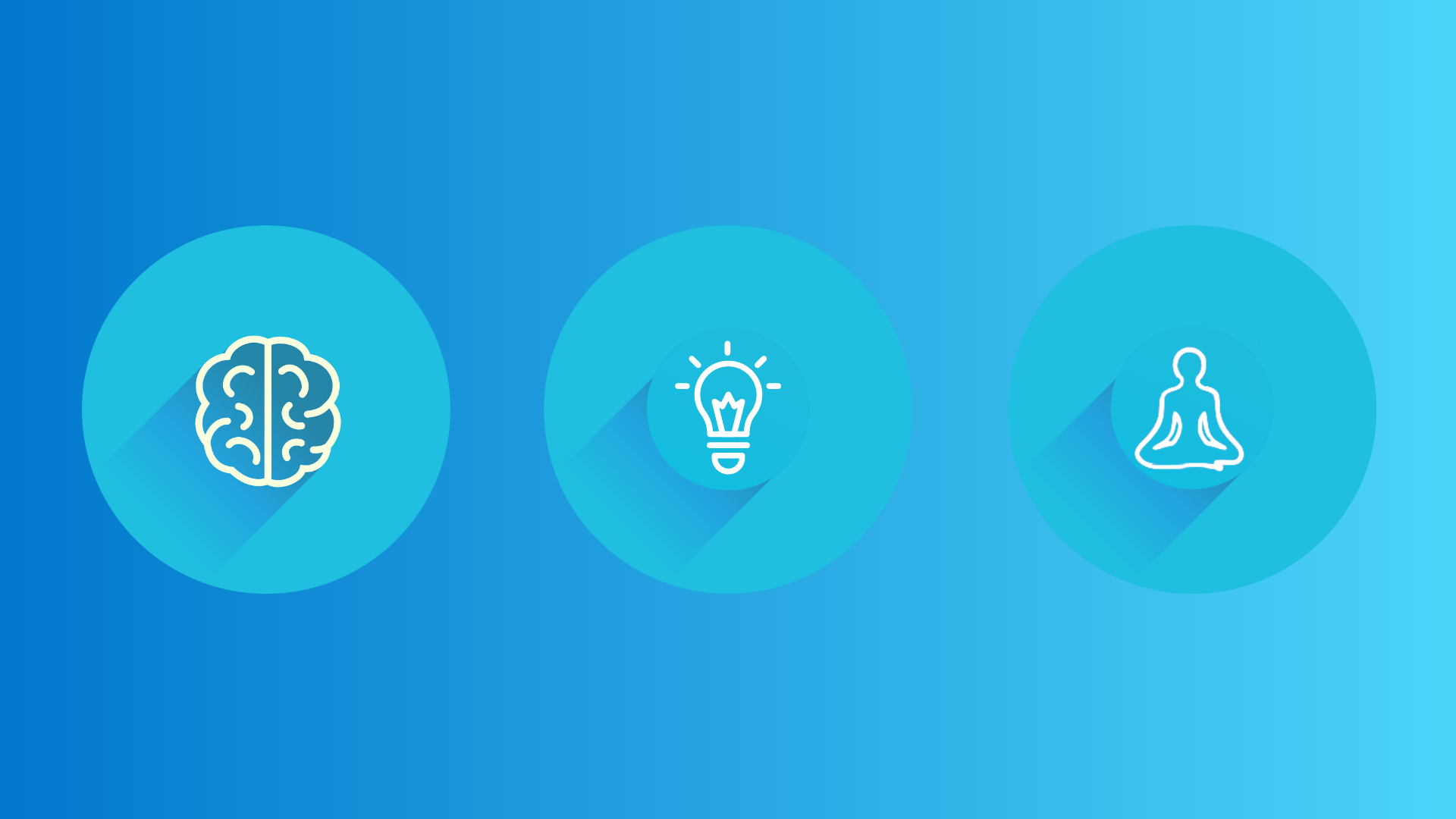Wellbeing has become a forefront focal point since the pandemic began. According to our Digital Trends Report 2021, it was found that 35% of respondents saw separating work and home as a top priority to improve working life.
At Chief Disruptor LIVE Autumn 2021, we spoke with Global Head of Wellness at Twitter, Candice Schaefer, whose mission is to redefine employee resilience and minimise occupational burnout. Dr Candice Schaefer is a board-certified licensed clinical psychologist alongside her role at Twitter. She spent 10 years as a practising clinician in medical settings and private practice before moving to the tech industry in 2017.
This year saw big tech companies witness the need for increased content moderation - yet as a result, the employee mental health crisis worsened. The Guardian reported that some instances resulted not just in burnout and emotional exhaustion, but to the extent of PTSD. Around this time at Facebook, Candice crucially implemented and delivered resiliency programming for employees working with graphic and sensitive content.
We spoke to Candice about the new world of work, how to avoid burnout, and how to balance wellbeing in the hybrid workplace.
How much more important have issues, around employee resilience and decreasing occupational burnout, become since the pandemic began?
Needless to say, it has become extremely important. We don't all have physical offices anymore to signal to our brain that people are leaving for the day, or going to have lunch. When the physical cues go, our reminders to take breaks and end work for the day has been one of the most difficult things. Most don’t look forward to their vacation time because it means they have to stay in the same place they've been for the past two years. It's challenging to say the least.
Many organisations are talking about hybrid or flexible working models. How does that affect employee wellness?
Overall this is a net gain - it provides a sense of trust to our employees. When we look at the scientific risk factors for burnout, working from home highlights two things: one is that it gives the employees that sense of respect from their employer, that we trust that you're working. The other is having a sense of control over your work, that they can do the things that they need to do, and work when it makes sense for them, and when they are feeling their most productive.
Resilience has become a much greater focus for businesses since the pandemic hit, and it's a key point of discussion in our State of Recovery Report. What’s your definition of employee resilience?
Traditionally, we think of resilience as our ability to bounce back from adversity. But if we think of ourselves like a rubber band - how far can we stretch without breaking? And, can we come back to the original position we were in after we've been stretched? Resilience has also become knowing your own limitations. When you know you're reaching that point of exhaustion, recharge your batteries. We typically don't wait until 2% or 1% or our phone shuts off completely to charge our phone. It should be the same with people. We tend to see our energy as infinite and expendable, but that's just not how it is!
How would you advise companies on creating a culture of resilience for their employees?
Culture shifts always take a lot of time and effort, and this comes from all levels - especially the C-suite. Employees know when they’re being told one thing, and they’re expected to act another: from a wellbeing perspective, there has to be a sense of responsibility on the employer. It is about the culture you’re creating around work, and habits that are expected from people. If you have a goldfish, and you put it in the tank with a dirty tank, the fish isn’t most likely to survive. We don’t blame the fish, we look at the water and say it wasn’t clean enough. It’s on us to make sure we are creating the healthy water that the fish can essentially, and therefore our employees, need to survive. If you’re ever considering hiring a wellbeing professional, please make sure this isn’t just a checklist.
What are some of the day-to-day changes you advocate at Twitter, to improve wellbeing for employees?
Any lead or manager sets the tone for the team, even at the molecular level. So it’s about being completely transparent with your team, and about your own wellbeing. The last thing I’ll say on that is for employees to assert boundaries. Our teams feel guilty if they don’t assert those themselves because that means the workload is being shifted to other team members. But one thing I remind everyone: if your teammate asked to take time off, would you feel resentment or anger against them for taking that time for themselves?
And finally, what is one piece of advice you’d give to employees to safeguard their wellbeing at work?
I’d strongly encourage people to consider scheduling wellbeing time. It sounds weird, but ultimately we’ve become slaves to our calendar, so use your calendar to your own advantage. Resilience is also a habit. It’s not taking a vacation and thinking you’ll feel better. It’s strategically recharging your battery, every day, or at least 1-2 times a week. Instilling those habits so it’s just a part of what you do.
Chief Disruptor LIVE May 2022 will explore new ways to create a positively progressive workplace, and what it means to be a successful leader for 2022.
Want to learn more? Check out our other content here.






Leave a Comment